Your Monthly Budget: What Your Money is Doing (The Nitty Gritty)
If your income statement is your financial GPS, then your monthly budget is Siri saying, “recalculating route.” Your route changes every month based on where you actually are, not where you think you should be.
Remember that income statement we talked about? Your monthly budget is the same concept, but even more detailed. Instead of looking at the big picture over a year, you’re zooming in on just one month at a time. This can get uncomfortable, but stick with it; the sense of accomplishment that comes with knowing your finances is worth being a little uncomfy.
Your monthly budget is still the same basic math – what you make (income) versus what you spend (expenses) – but now you’re getting granular. Really granular. Like, separate-line-item-for-every-streaming-service granular.
Why Go Month by Month?
Life isn’t uniform. Some months you need new tires, other months you’re flush with birthday money, and then there’s the month you apparently think you’re a food influencer based on your DoorDash spending. Monthly budgets help you roll with these changes instead of getting blindsided by them (or just never realizing that they happened).
Plus, a month is the perfect timeframe for making adjustments. A year feels too long to wait for course corrections, but a week isn’t enough time to see real patterns. A month? That’s your sweet spot.
Getting Specific (Really Specific)
Here’s where monthly budgeting really shines a light on your spending: you break down those broad categories from your income statement into specific spending buckets. That “miscellaneous nonessentials” category? Time to see what really qualifies as miscellaneous.
Instead of one line for random spending, you create separate rows for clothes, takeout, coffee runs, gifts, impulse Amazon purchases, and whatever else your credit card statements reveal about your financial choices. Each subscription service gets its own row too – Netflix, Spotify, Hello Fresh, and whatever else you deem important enough to subscribe to.
Your expense categories might look something like this: rent, groceries, household supplies, gas, electricity, water, internet, phone, car payment, insurance, gym membership, takeout, coffee shops, clothing, entertainment, gifts, and that one random purchase that seemed like a great idea at the time.
The Detective Work
Here’s the process: pull up your credit and debit card statements from last month and start categorizing every single transaction. Yes, every single one. That $3.47 charge at the convenience store, the $15 you spent on a phone charger you probably didn’t need, the $40 dinner you ordered because cooking felt impossible – it’s all money spent, and it all goes on the budget.
This is where people usually have their “oh” moment. You know you spend money on coffee, but seeing “$127 – Coffee Shops” on your budget sheet hits different than just knowing you stop at Starbucks sometimes.
The goal is complete capture. Every dollar you spend should show up somewhere on your budget sheet. If you can’t account for money, that’s a red flag that you’re spending without awareness (which is how people end up wondering where their paycheck went).
Month-to-Month Reality
You update your monthly budget sheet – get this – monthly. Not every month will look the same, and that’s completely normal. June might include new work clothes or a friend’s wedding gift. July might be vacation month. August could be back-to-school shopping or car maintenance. The categories will shift, but the process stays the same.
This variability is actually helpful because it shows you which expenses are truly recurring versus one-time events. It also helps you plan ahead – if you know your car registration is due in three months, you can start setting aside money now instead of scrambling when the bill arrives.
The Power of the Delta
Just like with your income statement, subtract total expenses from total income. This number – your delta – is everything. It tells you whether you lived within your means that month and, more importantly, whether you can afford the things you want to do next month.
Planning a vacation in September, but your June delta came out negative? Time to get strategic about July and August spending. Want to save for a new couch but keep spending $200 a month on takeout? Your budget sheet is showing you exactly where to find that furniture money.
Where the Magic Happens
Monthly budgeting reveals your actual spending personality, not the one you think you have. Maybe you’re disciplined about big purchases but suffer death by a thousand small ones. Maybe you’re great at saving during the week, but weekends destroy your budget. Maybe you think you spend $100 a month on food, but it’s actually $300.
Once you see these patterns, you can work with them instead of against them. If Friday nights always involve expensive dinner orders, maybe you cut back on these or plan for them and cut back elsewhere. If you always overspend on groceries the first week of the month, adjust your shopping strategy.
The beauty of monthly budgeting isn’t restriction – it’s clarity. When you know exactly where your money goes, you can make intentional choices about where you want it to go instead. And yes, sometimes that means choosing between the daily latte and the vacation fund, but at least you’re choosing consciously.
If your income statement is your financial GPS, then your monthly budget is Siri saying, “recalculating route.” Your route changes every month based on where you actually are, not where you think you should be.
This information is intended for informational and educational purposes only and is not individual investment or tax advice. Investing involves risk, principal loss is possible.
Please remember that I am not an investment advisor nor am I a portfolio manager, but I can introduce you to a few.






